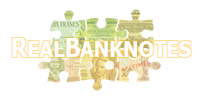Arabic and Persian Numbering System: Paper Money Dating and Denominations

As I organize my paper money collection, I find myself having to flip back to the numbering systems chart at the front of my catalog when I come across middle eastern banknotes. Though I've gotten quite good at translating the Arabic number symbols, I still have some memory lapses with the Persian or Iranian numbering system. I am guessing that I am not the only one who has to do this and because quite a few banknote picks for banknotes with Arabic or Persian numerals are determined by date I think that it would be useful to have an article to this effect on the site.
A quick visual of the two numbering systems, against the Western style of numerals is probably the most useful piece of information:
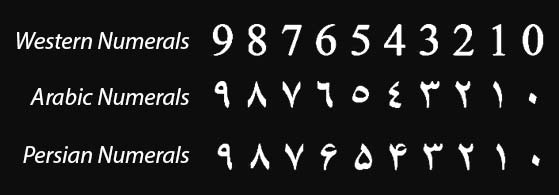
From this comparison chart it is quite simple to translate numerals. Take the following banknotes as examples:
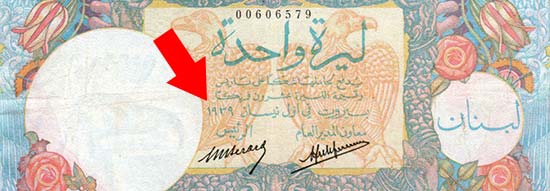
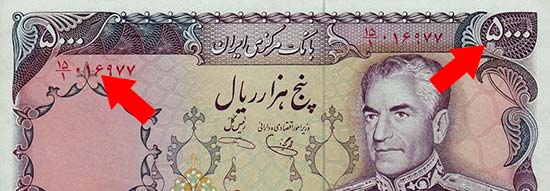
You can see that the first example has a date of '1939' while the denomination of the second example is clearly '5000'. You can even determine the serial number prefix and serial number in this way, where necessary. But in more traditional or strict Muslim countries we come up against something a little different when it comes to dating, because some Muslim countries follow the Islamic calendar.
The first year of the Islamic calendar was in AD622 during the emigration of the Islamic prophet Muhammad from Mecca occurred. When the Standard Catalog of World Paper Money cites years for these banknotes (as well as this website) each year is designated AH for the Latin 'anno Hegirae'. Because the Christian and Islamic calendars differ by 622 years, a conversion is necessary to identify some paper money.
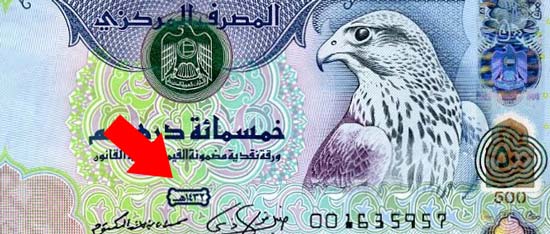
In the example above the year is translated to '1432'. To get the current year according to the Christian calendar just add 579, to get the year '2011'. In this case this banknote is a 2011 issue from Saudi Arabia.
A question that I often receive is, "Where do I look for the date on paper money with Middle Eastern numerals?" There is no short answer to this question, as different countries and issuers place their dates in different positions. However, the trick that I do is as follows: I look for a sequence of four numbers on the banknote -- no more, and no less. Quite often these numbers stand out a little, and they are frequently found near signatures if any are present. Keep in mind that sometimes banknotes are not dated at all. Also, because paper money is a relatively new phenomenon, Islamic dates should start with '14' or '13' to denominate the first two digits of the AH year, or '19' or '20' which would be the first two digits of the Christian calendar year.
One more note: a common mistake that I come across in relation to this numbering system has to do with the Arabic numeral for '5' which looks like a zero. You always have to remember that in Arabic numbering a zero is actually equal to five. An easy way to help you catch this mistake is to remember that the dot equals zero in both Arabic and Iranian numbering.
If you are having trouble determining dates on paper money, I encourage you to visit us on our Paper Money Forums. Cheers!
